Everything on model trains, model railroads, model railways, locomotives, model train layouts, scenery, wiring, DCC and more. Enjoy the world's best hobby... model railroading!
Trains Derailing at Atlas Switch Frogs
Todd asks readers:
I’m having a lot of derailments when my trains go through the frogs on my Atlas turnouts. Both engines and cars are affected. I’ve checked the switch mechanism, but I’m not sure what else to look at. Any tips on how to stop these derailments?
Please add any comments or thoughts below to assist Todd.
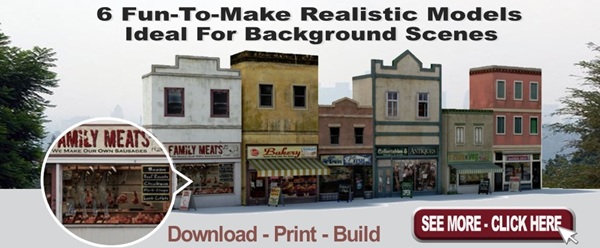
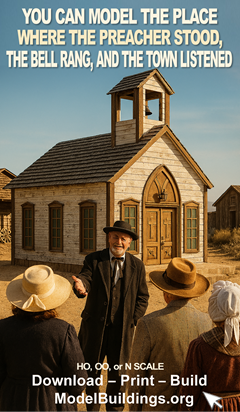
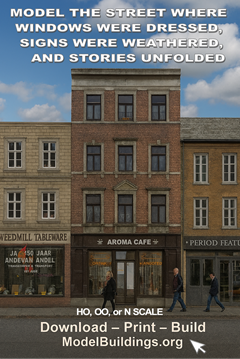

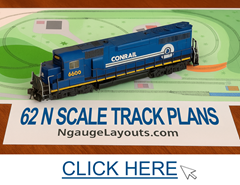
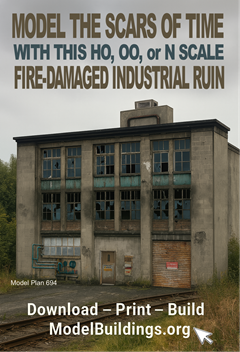
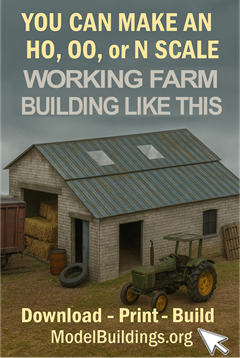
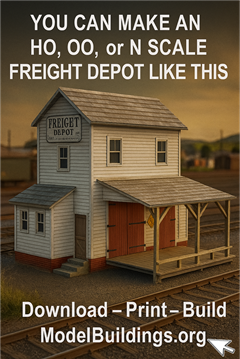
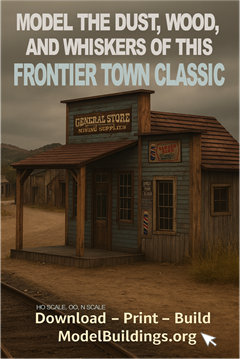
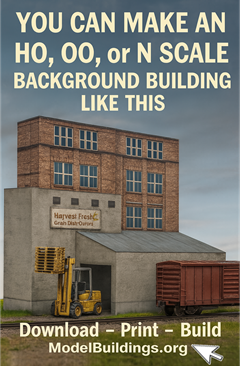
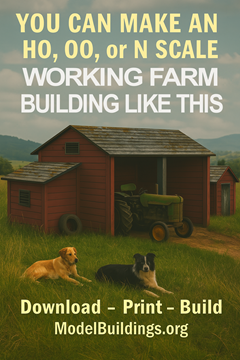
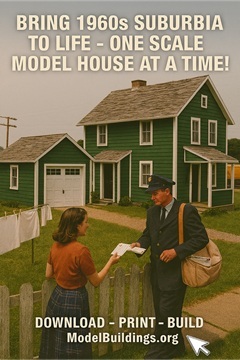
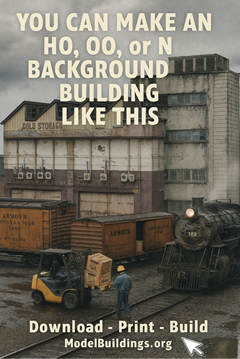
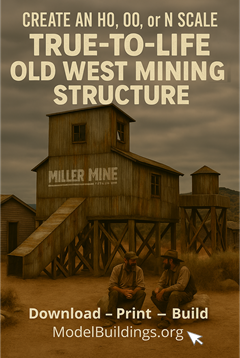

Check that the point blades are firmly in position. Sometimes the spring weakens allowing the point blade to “wander” a little. Secondly check the guage by running something through the point slowly to set which part is causing the derailment. Thirdly check your back to back measurements on all your wheels.
Check for alignment and gauge
This sounds like a code issue. If your running code 83 track and have older cars sometimes this causes problems.
You don’t say the age of your engines which can be a factor in the derailment. If they are newer engines they should go thru the atlas switches with no problem.If they are from previous generations, check the wheels as the engine goes thru the switches. You may find them riding up over the frog sections which is what I found with my older engines. I have many steam engines from the 50’s thru the 80’s that have the same problem. My cure was to buy new switches and also changed out some of the wheels so they would comply with NMRA standards.
Which type of Atlas switches are they? Some of the older ones had issues with the switch bladesbeing blunt, and the wheels picking the point, causing derailments which could look like it is happening at the frog. To solve the issue, file the point rails a bit sharper that they sit flush with the stock rail.
I had trouble with point motors on a few points. The mechanism caused the swing arm to close just below the rail it comes up against. This allowed engine wheels with a deep flang to cross correctly but the smaller wagon flanges did not follow, a little bit of dry grease allowed for better movement.
I agree with all of the above. Roll a few wagons & locos slowly over the turnout in each direction, watching with a magnifying glass or strong reading glasses from each side to see what the wheels do.
If the problem is old wheels (larger flanges) on new (lower) track, the wheels may be lifting up off the track. (I have ground down old wheel flanges to make a loco run better, but its hard work.)
Check that the moving turnout rails are sliding all the way across to make a smooth contact with the fixed rails.
Sometimes the engine wheel protectors or guard rails might come loose. I have noticed on mine, that I will not be able to see the wheels. Might need a height adjustment.
I’ve had a similar problem with older Atlas turnouts that have the riveted pivot point at the heal of the movable points. Over time the rivet stretches and allows the points to pop up and down when the leading axel wheels hit the heal of the switch points. I fixed this by sliding a thin strip of metal under the tie below the rivet to use as a strike plate and then used a piece metal round stock, center punch, or a large flat headed nail that fits between the rails and hammered the top of the rivet to mash it tighter. Use light taps of the hammer until it is tight, you don’t want to bend or break the cross link between the points. Hope this helps.
As others have said, check gauge of wheels and track. Most common problem. Depending how you secured your track you may have closed or opened the gauge creating problems. Wheel sets are easily knocked out of gauge due to handling.